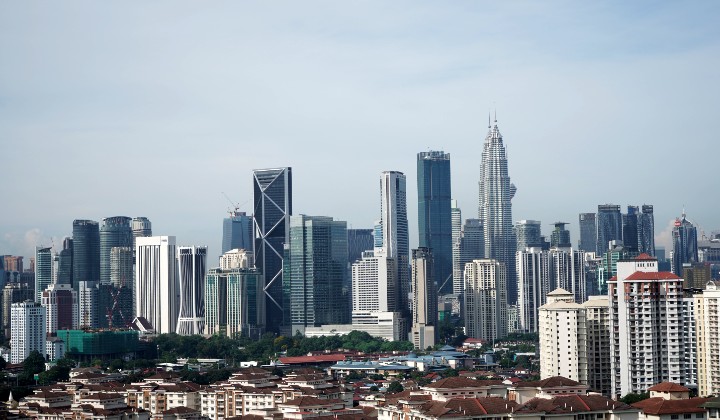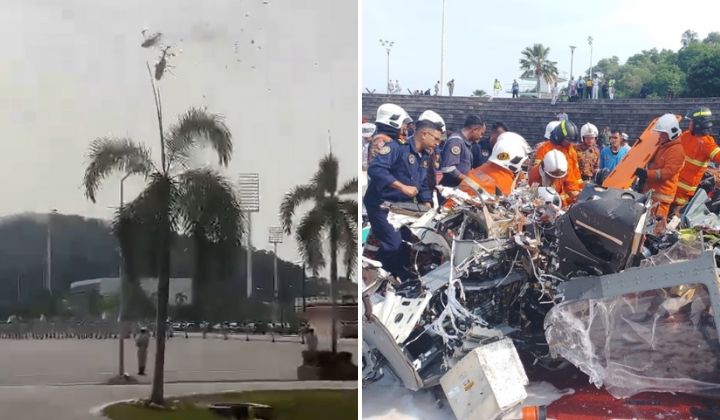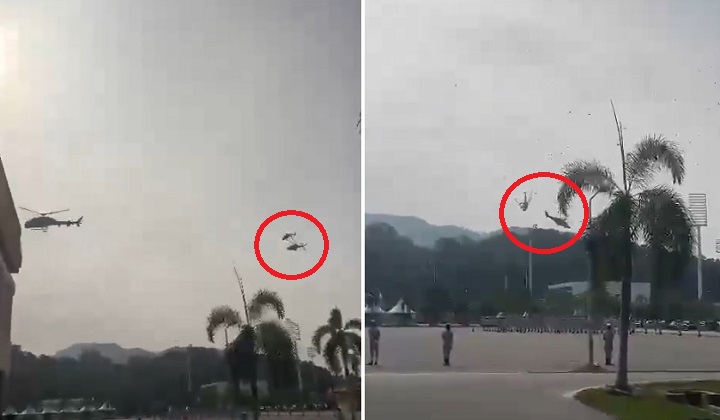KL Temperature Has Dropped Since MCO, But Why Does It Still Feel So Hot At Home?

Subscribe to our new Telegram channel for the latest updates on COVID-19 and other issues.
It seems that the movement control order (MCO) only proves the impact of human activity, particularly within the city. According to Associate Professor Madya Gs. Dr Mohd Johari Mohd Yusof from Universiti Putra Malaysia, Klang Valley has recorded a significant reduction of pollution and heat during this period.
Urban heat island (UHI) refers to the urban area that is significantly warmer than its surrounding areas. Malaysia’s weather forecast is based on the average temperature of the country, and not specific to urban areas alone. This means that yes, if you are in the city and wondering why it’s so much hotter than usual, it’s because KL city is an urban heat island.
Usually, the city is bustling with traffic and crowded with people. However, because of the MCO, the city is having its chance to rest without so much human activity.
The research includes comparison of geographical information satellite images from 23 March 2019 and 24 March 2020. This includes comparing the city’s land surface temperature and pollution rate.
The analysis found that there was a significant temperature drop in the city of Kuala Lumpur. Last year, the highest temperature recorded was 30.95°C. This year, the highest temperature recorded is 28.11°C, a drop of 2.84°C!
Specifically, the central business district of KL City within the streets of Chan Sow Lin showed a temperature drop of 2.12°C, and the areas around Pantai Valley and Bangsar South showed a drop of 2.24°C. These changes in temperature are attributed to the reduction of activities in this area, such as less traffic congestion and less air-conditioning usage.
However, the research also noted an increase in temperature around residential housing areas in Wangsa Maju, showing an increase of 1.21°C. This rise in temperature has been attributed to increased energy usage within the residential homes, such as air-conditioner usage and other running electrical appliances.
This, plus the fact that our rivers in Klang Valley have shown drastic signs of improved river health, only proves that we can not return to the “old normal” of taking advantage of our environment.
Keep up to date with the COVID-19 outbreak in Malaysia on our Facebook, Twitter and Instagram.
Anne is an advocate of sustainable living and the circular economy, and has managed to mum-nag the team into using reusable containers to tapau food. She is also a proud parent of 4 cats and 1 rabbit.





